
Muszelka wycinana z haczykiem/ złoty/ 24-34mm 1szt MU104A
6,50 zł
Najniższa cena z 30 dni: 4,55 zł

6,50 zł
Najniższa cena z 30 dni: 4,55 zł

6,50 zł
Najniższa cena z 30 dni: 4,55 zł

6,50 zł
Najniższa cena z 30 dni: 4,55 zł

7,50 zł
Najniższa cena z 30 dni: 5,25 zł

6,50 zł
Najniższa cena z 30 dni: 4,55 zł

9,50 zł
Najniższa cena z 30 dni: 6,65 zł

7,50 zł
Najniższa cena z 30 dni: 5,25 zł

8,00 zł
Najniższa cena z 30 dni: 5,60 zł

6,50 zł
Najniższa cena z 30 dni: 4,55 zł

6,50 zł
Najniższa cena z 30 dni: 4,55 zł

5,50 zł
Najniższa cena z 30 dni: 3,85 zł
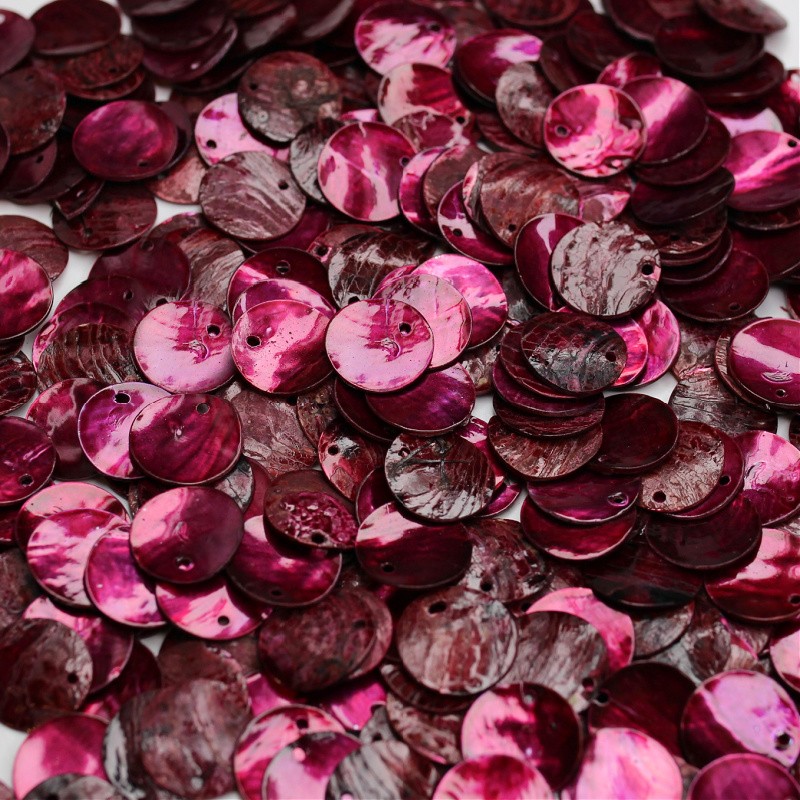
1,20 zł
Najniższa cena z 30 dni: 0,84 zł
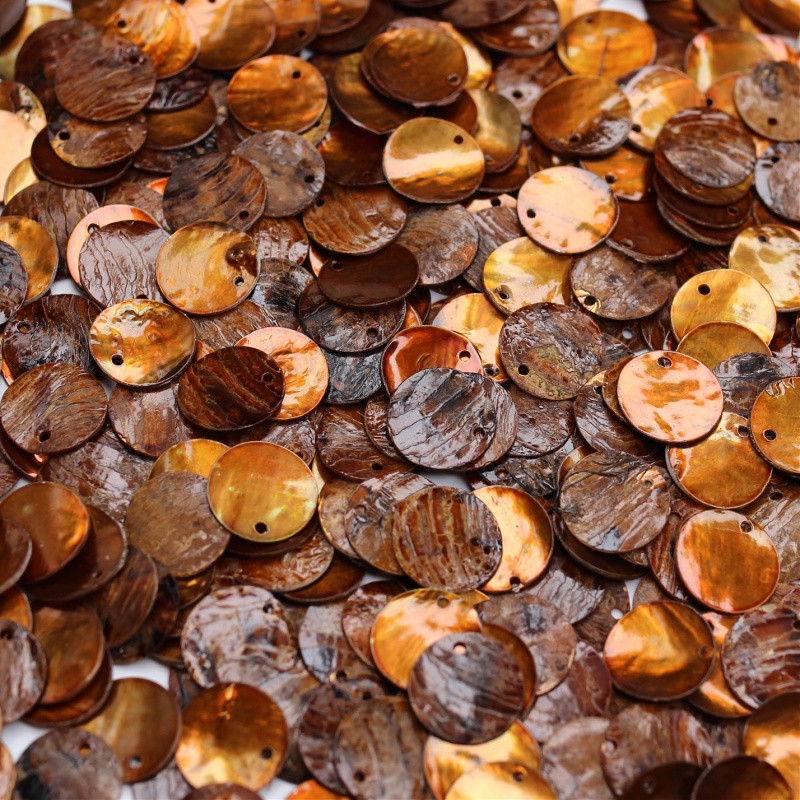
1,20 zł
Najniższa cena z 30 dni: 0,84 zł
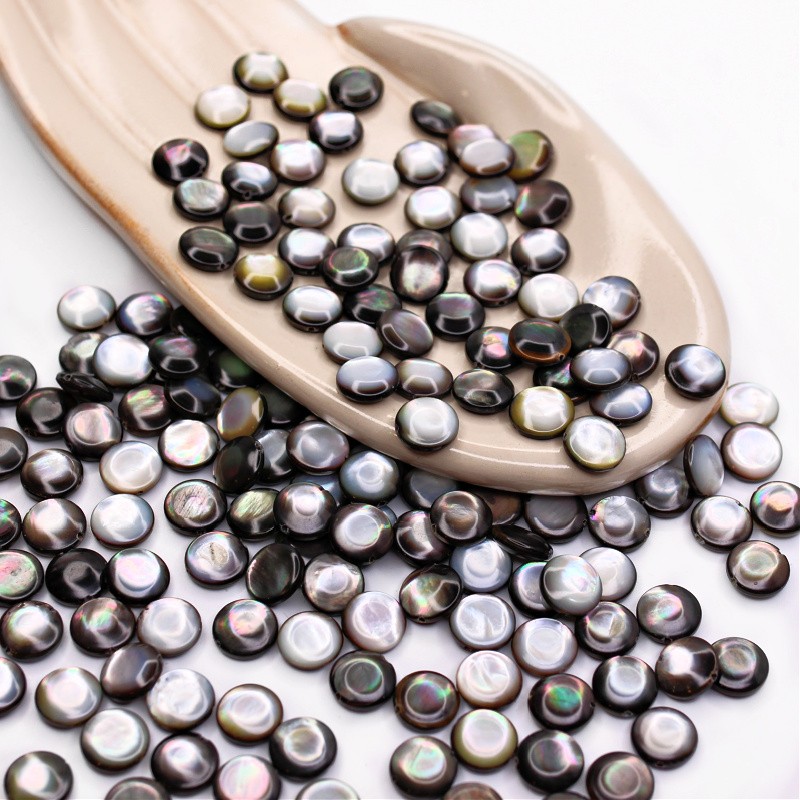
14,68 zł
Najniższa cena z 30 dni: 10,28 zł
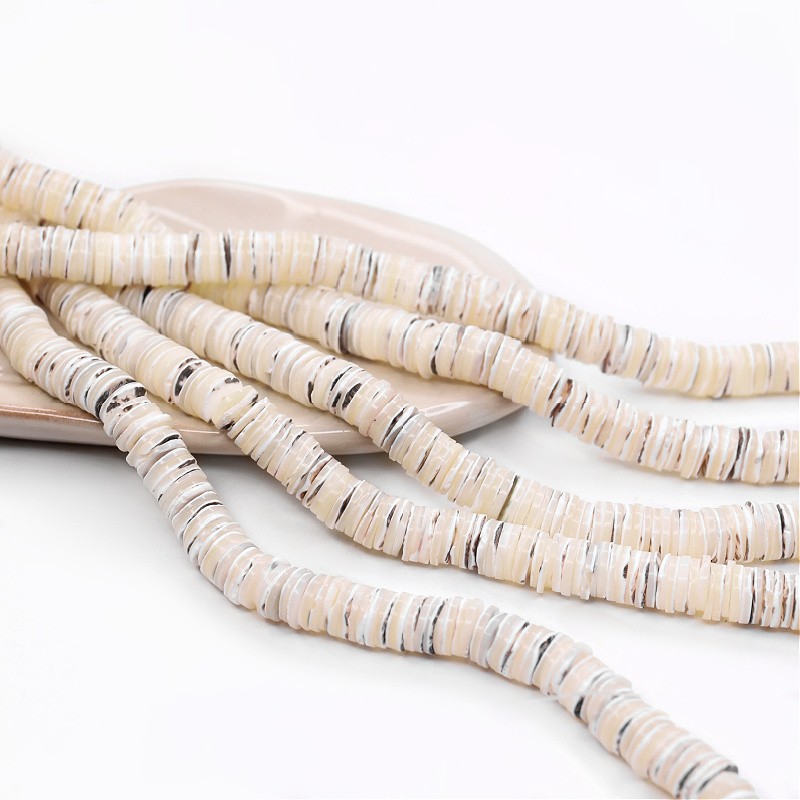
72,85 zł
Najniższa cena z 30 dni: 50,99 zł
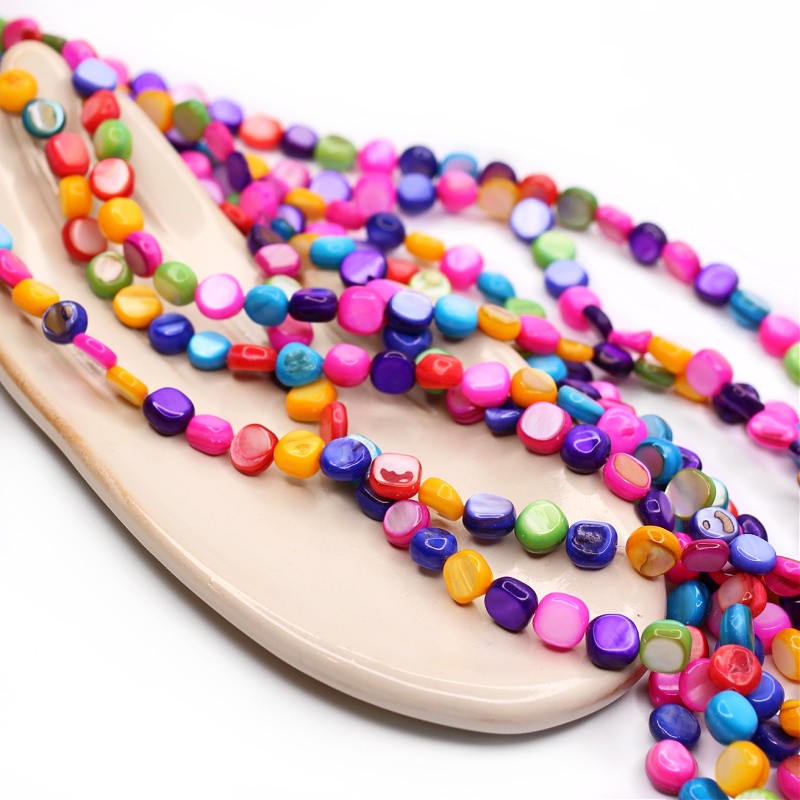
17,50 zł
Najniższa cena z 30 dni: 12,25 zł
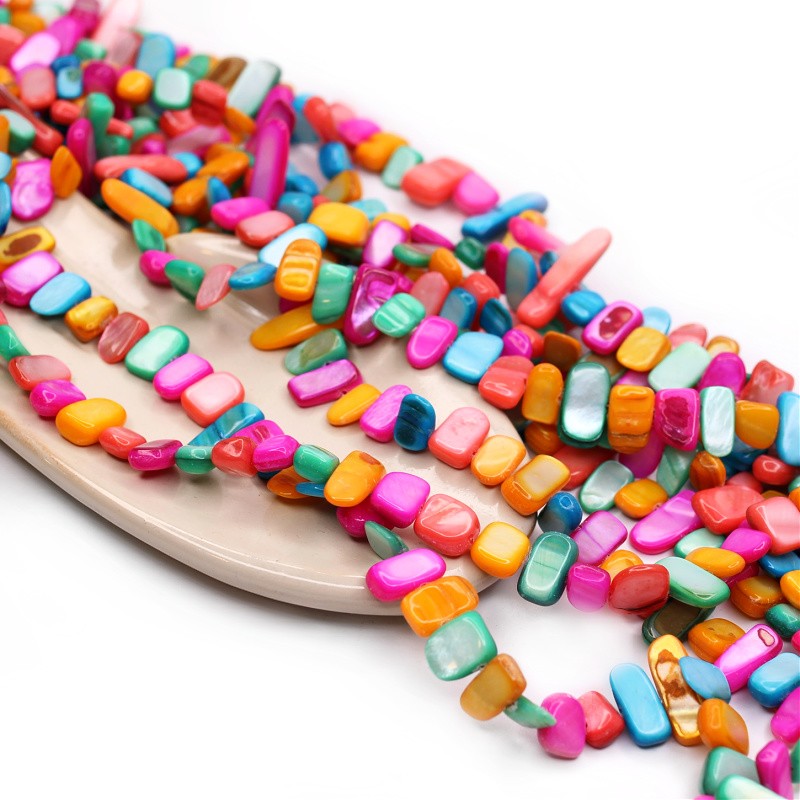
11,75 zł
Najniższa cena z 30 dni: 8,22 zł
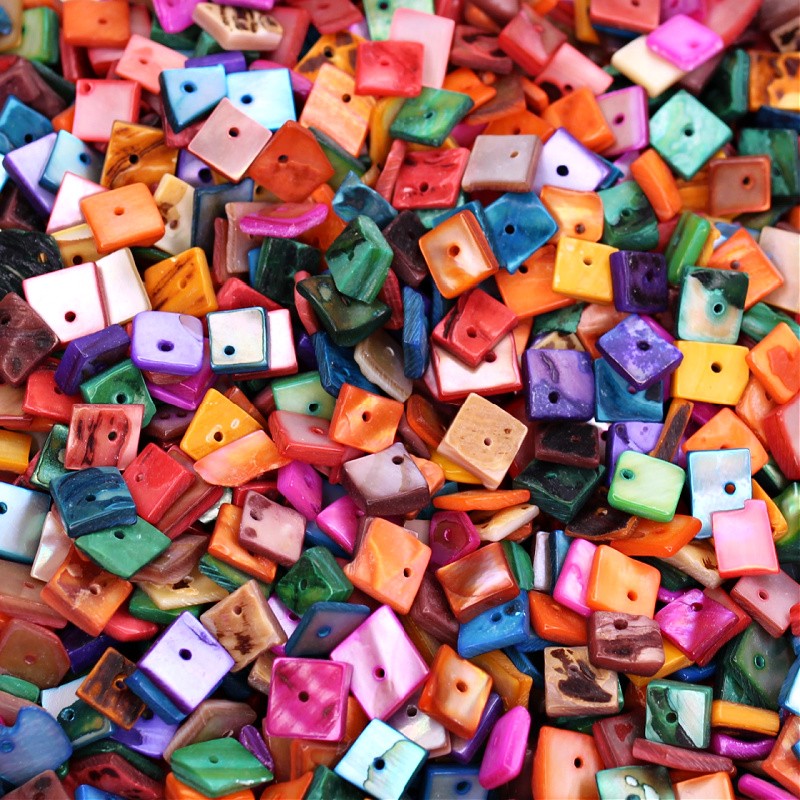
6,10 zł
Najniższa cena z 30 dni: 4,27 zł
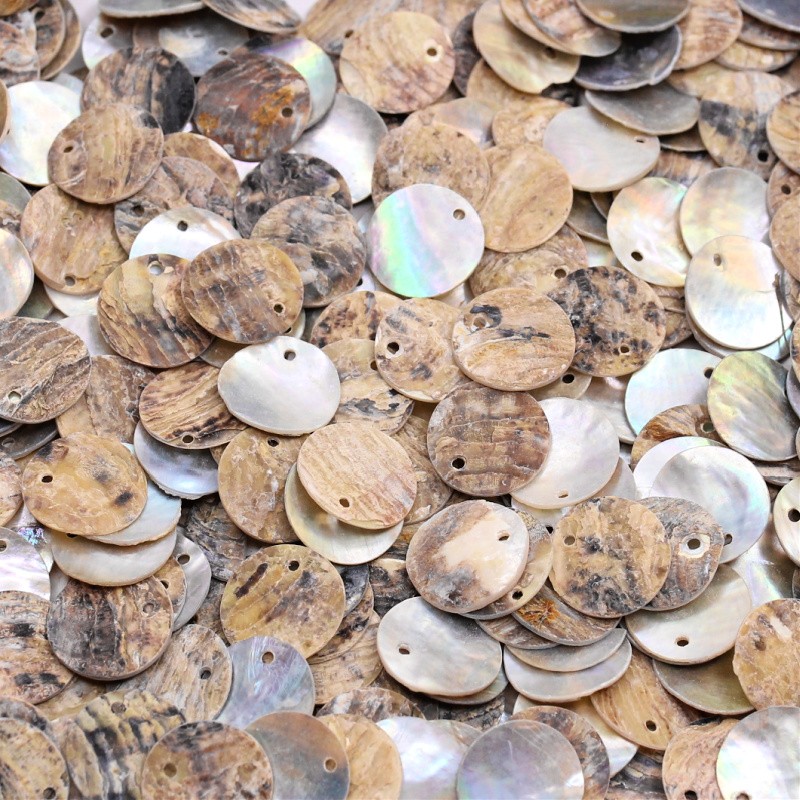
1,20 zł
Najniższa cena z 30 dni: 0,84 zł
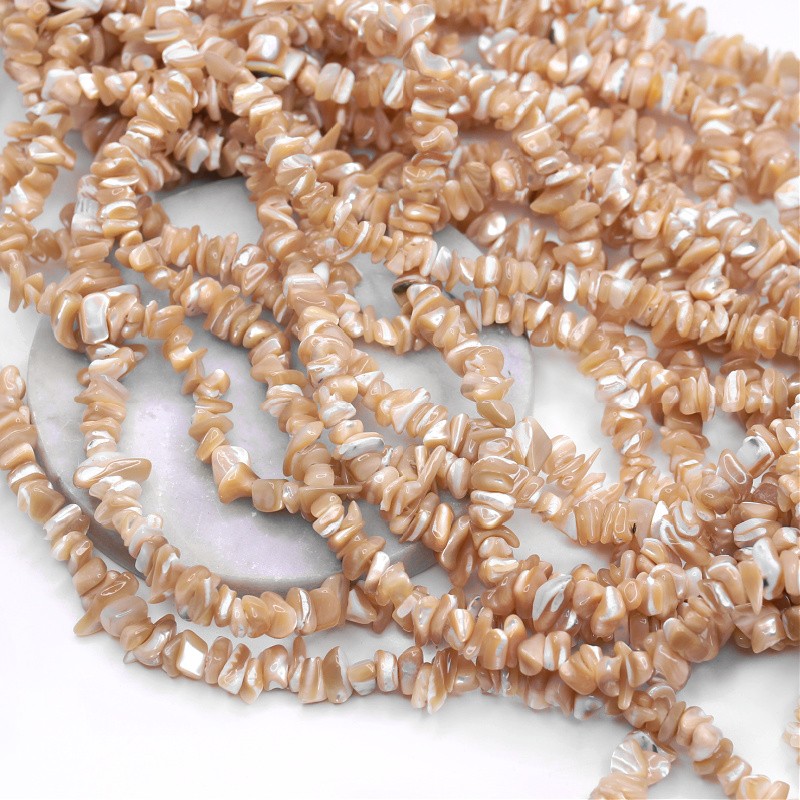
32,25 zł
Najniższa cena z 30 dni: 22,57 zł
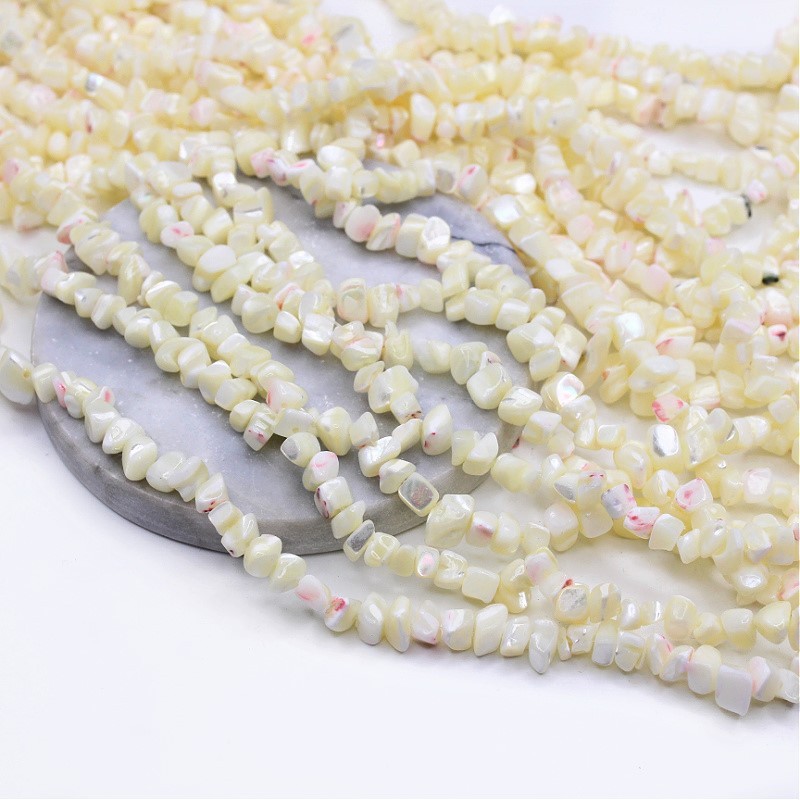
32,25 zł
Najniższa cena z 30 dni: 22,57 zł
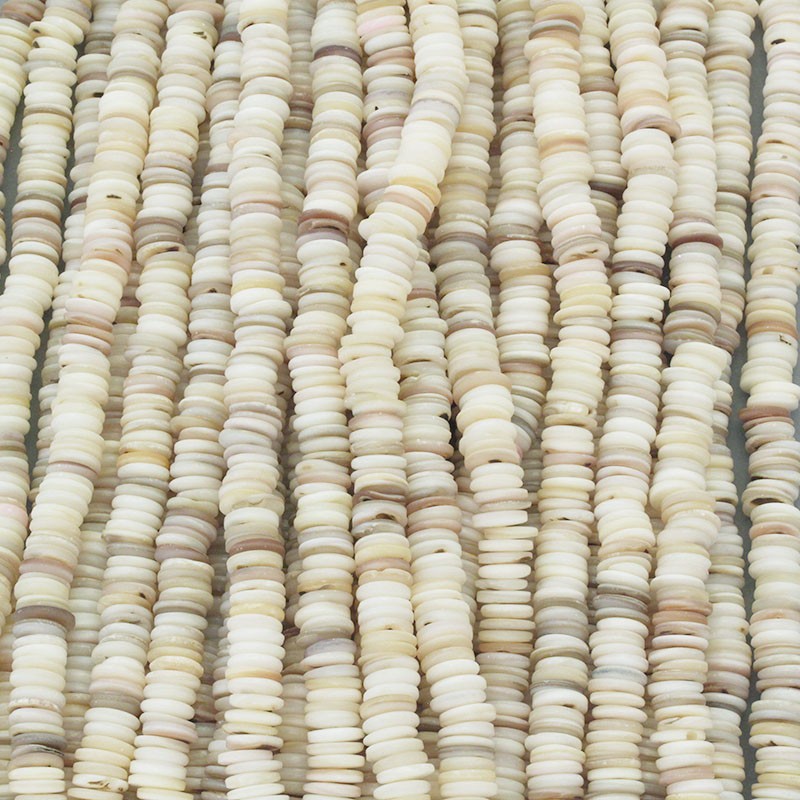
33,00 zł
Najniższa cena z 30 dni: 23,10 zł
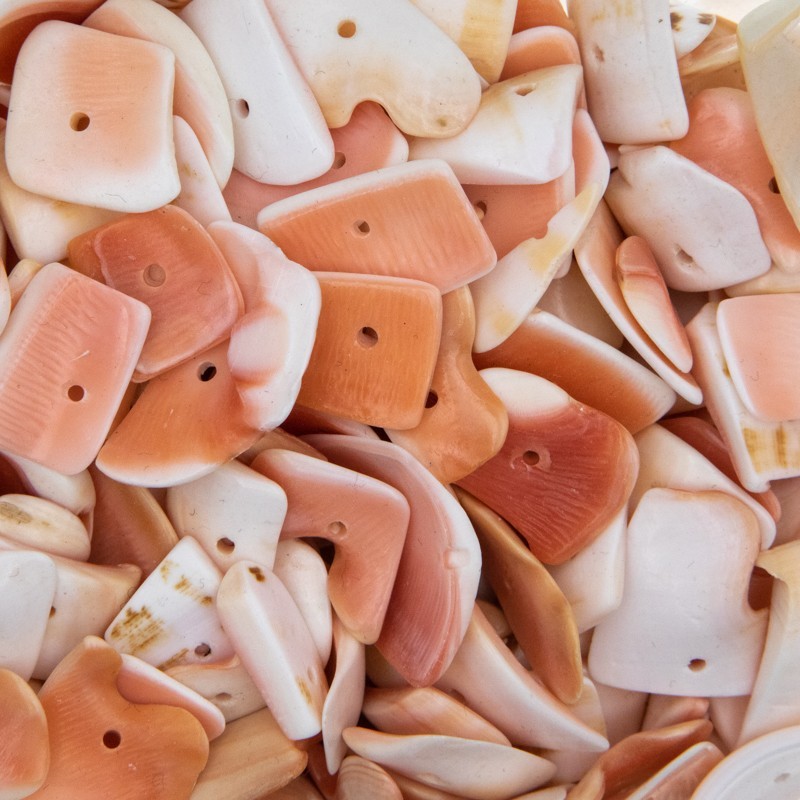
7,00 zł
Najniższa cena z 30 dni: 4,90 zł
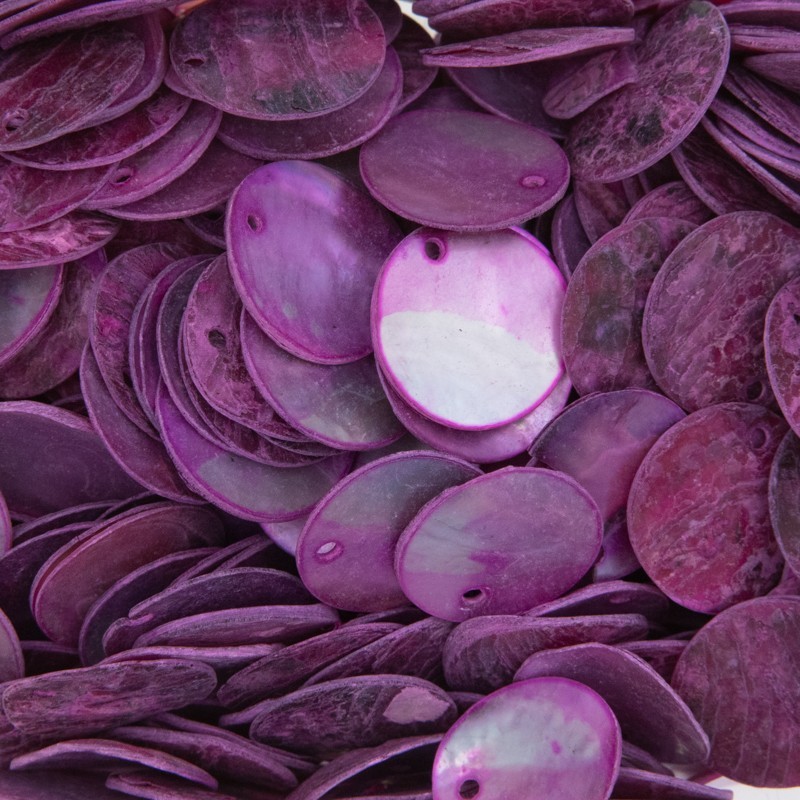
1,20 zł
Najniższa cena z 30 dni: 0,84 zł
Naturalne koraliki cieszą się niesłabnącą, a wręcz rosnącą popularnością. Doceniamy piękne surowce, które są nie tylko przyjazne naszej planecie, ale także unikatowe. Do tej kategorii zaliczymy oczywiście wykorzystywane do tworzenia biżuterii muszelki. W naszym sklepie z koralikami znajdziesz dziesiątki półfabrykatów z muszelek.
Porcelanki, ślimaki, z których pozyskuje się muszle kauri, stanowiły istotny element starożytnego świata. W Grecji muszle te poświęcano Afrodycie, czyli bogini miłości. W związku z podobieństwem dolnej strony muszli do narządów płciowych kobiety używano ich jako amuletów, mających zwalczać bezpłodność i ułatwiać utrzymanie ciąży.
Podobne talizmany znajdowano w starożytnym Egipcie. Porcelanki znajdowano też w grobach kobiecych w całej Europie, a nawet w innych częściach świata. Specjalna, pomarańczowa odmiana porcelanki była niezwykle ważna na wyspach Fidżi i Salomona. Tam wodzowie nosili muszlę na szyi na znak swojej władzy. Traktowano to, jako odpowiednik korony.
We Włoszech niektóre kobiety do dziś noszą naszyjniki z małych muszelek, nie tylko dla dekoracji. Mają one strzec przed złymi urokami i zapewniać pomyślność. Ponadto w historii Rzymian ciekawą wzmiankę stanowi kolekcja muszli Kaliguli. Podczas inwazji na Brytanię rozkazał on żołnierzom zbierać muszle, które przywiózł i przedstawił jako część trofeów wojennych.
W Chinach, w XVI w.p.n.e., jak i w niektórych częściach Afryki od XI w. n.e. używano muszelek jako środka płatniczego. W XVII wieku Anglicy i Holendrzy kupowali za muszle niewolników. Muszle można też spotkać w kulturze polskiej. Wokół tradycyjnych góralskich kapeluszy wciąż zaobserwować można nanizane muszelki kauri.
Muszla to twarda, ochronna powłoka, która jest wytwarzana przez niektóre zwierzęta, głównie mięczaki, takie jak ślimaki i małże. Powstają z wydzieliny specjalnych gruczołów i narastają tak, że gdy zwierzę rośnie, brzegi płaszcza odsuwają się od siebie i odkładając nowe warstwy budulca, powiększając swój rozmiar. W ich składzie znajdziemy głównie związki węgla i wapnia, a także inne minerały. Co ciekawe, wydzielanie tych minerałów jest ściśle kontrolowane przez organizm, co skutkuje formowaniem muszli o konkretnej budowie i kształcie w obrębie tego samego gatunku.
Muszelki do biżuterii mogą być zbierane na plażach, czy z dna morskiego, albo pozyskiwane z hodowli. Ważne dla nas jest, aby nasze muszle, czy perły naturalne pozyskiwane były w sposób etyczny i zrównoważony. Zebrane muszelki są zawsze dokładnie czyszczone, a niekiedy formowane, barwione lub polerowane. Koraliki muszelki zawsze mają nawiercane dziurki, aby umożliwić ich montaż w biżuterii. W naszym sklepie znajdziesz muszelki do biżuterii takie jak:
Nie brakuje nam także koralików z muszelek w formie kolorowej sieczki i wycinanych kształtów.
Muszelki do biżuterii możesz wykorzystać na mnóstwo sposobów. Część z nich doskonale sprawdzi się jako akcentująca zawieszka, a część jako główny składnik projektu. Możesz dowolnie nawlekać je na sznurki, rzemienie, łańcuszki i żyłki. I chociaż wiele kojarzy koraliki z muszelek z kultowymi naszyjnikami z lat 90., dziś wiemy, że perfekcyjnie sprawdzają się w nowoczesnych formach.
Jeśli chcesz zachować naturalny charakter biżuterii, połącz muszelki z koralikami z kamieni naturalnych lub perłami. Modne są także połączenia koralików z muszelek z metalowymi akcesoriami, a także koralikami szklanymi. W stylu boho do muszelek dodaj chwosty i zawieszki.
Pamiętaj, że muszelki możesz wykorzystać nie tylko do tworzenia biżuterii. Nadają się one do wyszywania i haftowania akcesoriów takich jak torebki, a nawet ubrania. Co więcej, możesz użyć je w dekoracjach domowych i innych formach rękodzieła.
Koraliki muszelki są dość delikatne, w szczególności w porównaniu do kamieni czy szkła. Dlatego też wykonana z nich biżuteria wymaga odpowiedniego traktowania. Podobnie jak perły, muszle mogą tracić swój piękny wygląd w kontakcie z kosmetykami, perfumami i lakierami do włosów. Przez to warto ubierać akcesoria z muszelkami na samym końcu szykowania się na wyjście.
Czyszczenie takiej biżuterii nie różni się zbytnio, od mycia innych akcesoriów rzemieślniczych. Polecamy wykorzystać miękką szmatkę na sucho lub z użyciem letniej wody i delikatnego detergentu. Pamiętaj, aby po osuszeniu odłożyć biżuterię do osobnego pudełka. W przypadku muszli odradzamy przechowywanie biżuterii w woreczkach, aby uniknąć przypadkowego połamania półfabrykatów.